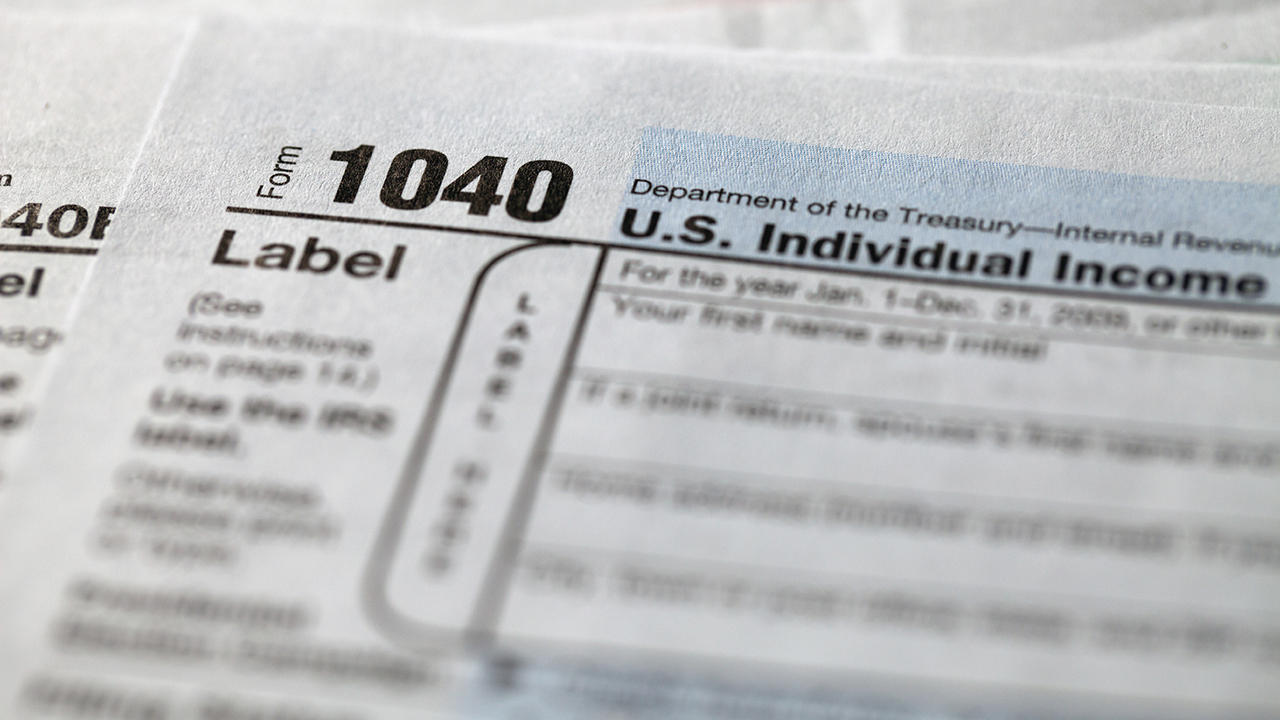Abortion rights, women of color, and LGBTQIA+ people are under attack. Pledge to join us in fighting for gender justice.
This May, Women Gained Jobs While Men Lost Them

If you have looked at Twitter today, you may have seen many gleeful celebrations of the beloved #NationalDonutDay, a holiday with a long and interesting history. While arguably the sweetest trending topic on Twitter today, further down on the list of popular conversations this morning was #JobsReport and #Only38000, referring to today’s release of jobs and unemployment data for the month of May from the Bureau of Labor Statistics.
The headline grabbing the most attention this month is that the number of jobs gained – just 38,000–is far below the 155,000 that were expected. Furthermore, the job gains that were reported in March and April were each revised downward this month, from 208,000 to 186,000 in March, and 160,000, to 123,000 in April. To understand the overall low job gains this month, we must look at the large discrepancy between women’s jobs and men’s jobs. While women gained 85,000 jobs this month, men lost 47,000.

Taking a closer look at exactly what types of jobs contributed to these numbers, women’s largest gains were in private education and health services (+62,000), professional and business services (+16,000), and leisure and hospitality (+10,000). Women’s largest job losses came in the sectors of information (-8,000) and retail (-6,200).
Turning to men’s jobs, men’s largest gains were in the sectors of retail (+17,600), government (+9,000) and private education and health services (+5,000). Men had their biggest losses in information (-26,000), construction (-13,000) and mining and logging (-11,000).
Looking at the unemployment situation this month, the overall unemployment rate dropped from 5% in April to 4.7% in May. This decline was largely due to a decline in labor force participation, which decreased .2 percentage points, to 62.6%. For adult women 20 and older, the unemployment rate dropped .3 percentage points, from 4.5% in April to 4.2% in May. 4.2% is the lowest that this rate has been in over 8 years, since April 2008. While this is good news, unemployment remains far too high for many vulnerable groups of women:
- The unemployment rate for adult Black women (20 and older) increased this month, from 6.9% in April to 7.4% in May.
- Unemployment among adult Latinas (20 and older), which has risen in March and April, dropped .8 percentage points in May, to 5.7%. However, this rate remains 2.1 percentage points higher than the rate for white women (20 and older), which was 3.6% in May.
- For single mothers, the unemployment rate decreased just slightly, from 6.7% in April to 6.6% in May.
- Women with disabilities 16-64 continue to experience much higher rates of unemployment than their counterparts without a disability – 11.0% unemployment versus 4.4% for women 16-64 without a disability.
Although it is a positive sign that women continue to gain jobs, there are policy changes needed to ensure that every single job a woman gains is a job that allows her to balance work and the ability to support her family with her caregiving responsibilities. An increase in the federal minimum wage would make sure that no one working full-time is left living close to the poverty line and would help close the wage gap. The Schedules That Work Act, as well as numerous pieces of legislation at the state and local level, would eliminate many harmful employer scheduling practices that wreak havoc on employees’ lives. These are just two examples among many. Now is the time to urge Congress to pass common sense policies so that every job gained will be a good one.




